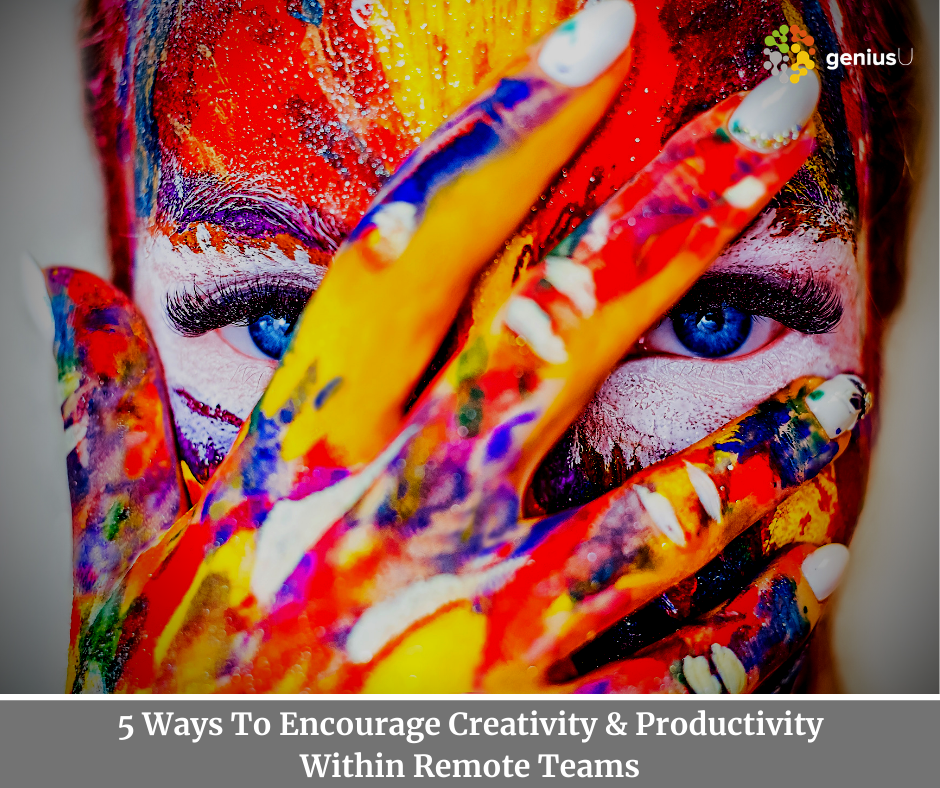
Following are the five ways to encourage creativity and maintain productivity to be most helpful, and they could be of value to many organizations, no matter the type or market.
1. Bounce Sessions
Great creativity typically combines individual effort with collaboration. You might normally come up with an idea and walk down the hall to try out the concept on another team member. This helps you see whether you are on track and work through creative issues. How do you re-create this process with a remote workforce? One idea is to host virtual sessions where writers, designers, or other creative personnel bounce ideas off a confidant or senior team member. The rules are pretty simple: It can either be a phone call or a video conference, and each session should have a time limit — say 30 minutes maximum but shorter if possible.
2. Virtual Office Hours
For larger organizations, virtual office hours are a more structured alternative to bounce sessions. The idea is to launch a Zoom or Google Meet session and keep it open for a set period. A creative director or another senior person manages the session, and team members can join, as needed, during that period to get feedback, ask questions, or have work reviewed. The host would not schedule any calls or meetings during his or her session but can continue working — while still being on-screen — during periods when no team members have joined. Virtual office hours can be scheduled for an hour or two, or they can be open all day with different managers cycling in.
3. Online Creative Meetings
Platforms like Zoom and Google Teams let you effectively manage a creative meeting face-to-face online — whether it's an account meeting or a brainstorming session. We've found that it's best to have prepared content to review and go from there. For example, in developing themes and taglines for corporate branding, or reviewing design ideas, it's helpful to have options created before the remote meeting rather than going full free-form. Also, having a leader who can deftly manage the meeting will ensure that no one person dominates the call.
4. Baseball As A Meeting Template
While creative sessions are a little more ad hoc, setting expectations for more formal meetings can dramatically improve productivity. Baseball can serve as a template for organized participation and set expectations about involvement, equity, and orderliness. The person currently speaking is at-bat, the person up next is on deck and the one after that is in the hole. The person leading the meeting is the umpire. He or she should inform everyone about the lineup.
5. A New Take On The Newsletter
An internal newsletter might seem outdated, but hear me out. Without the living organism that is an office, it's hard to feel like part of a unified group and know what's going on outside of your universe. The importance of formal internal communications has never been greater. A simple weekly newsletter — in a traditional format that can be mailed to homes, as emails pushed via your intranet, or even as a quick talking points guide for managers in face-to-face online team meetings — can quickly cover business successes and challenges, highlight individual accomplishments and even share creative ideas. The key is to make it concise — a quick read or experience that takes five minutes or less. If not, it will become a burden not only to create but also to read.

















Leave a Reply